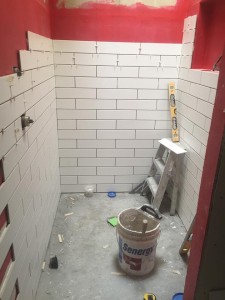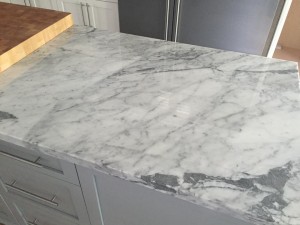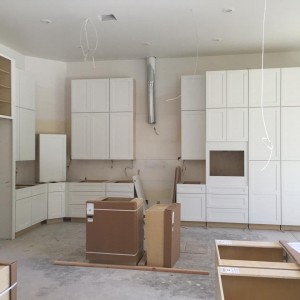If you’ve got children, pets, or older people around, then don’t forget about how they could be affected by a home remodel.
While a good remodeler will take care of these, it’s always a good idea to make a mental list, just to be safe.
NWCN.com has a great article on preventing hazards while remodeling you home. It has tips you might have thought of and some things you might have missed.
First, if it’s within your budget, consider moving out briefly, either into a hotel or a friend or family member’s house. The only way to be 100 percent sure is to remove yourself from the equation.
Next, look for any leftover debris on all places that kids or pets will play on. Be proactive and address this topic with your remodeler before construction begins. Alert remodelers to any special concerns (i.e. small children or pets) so that they can better serve you.
While taped off constructions work well, they are not dustproof. Some nitty gritty stuff will seep in, so the article suggests your vacuum has a HEPA filter, which prevents the exhaust from spreading dust around. When it comes to paint, low-VOC paints and finishes will minimize the levels of irritants present in your home during and after the application process.
Lastly, for more extensive remodels, you might consider testing your soil for lead, the article says. That what you can have peace of mind when you resume outdoor activities.
Have a great week!



